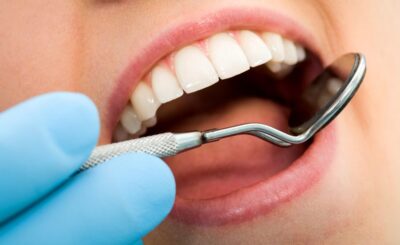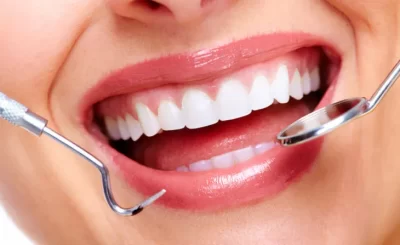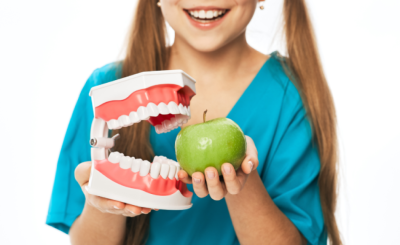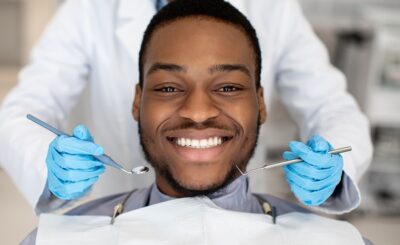Your teeth can be straightened in just 12 to 18 months using Invisalign® aligners that are available in almost every dental office in Los Gatos. However, it is essential to follow the cosmetic dentist’s instructions and use your retainer after treatment. The device that keeps your teeth from shifting back into their original placements is your retainer. Your smile’s appearance and general oral health will eventually suffer if you neglect to wear your retainer after getting Invisalign braces. Contact a dentist in Los Gatos, CA, to know more about retainers and their use after Invisalign or braces.
Is it necessary to have retainers after Invisalign and braces?
It is understandable that you do not want to wear another appliance after your Invisalign treatment is over. Wearing your retainer as recommended by the Invisalign dentist is essential, though. If not, your teeth will gradually return to their initial positions.
Over time, the changes become more apparent, even if you might not first notice your teeth shifting. As an example, if you have not put on your retainer in a few days, it could feel tight and uncomfortable. For as long as you wear your retainers regularly, they will remain in place.
When you stop using Invisalign or have your braces put off, it is common for your teeth to move a little. This is the result of your teeth’s everyday wear and tear from talking, swallowing, chewing, and biting. The goal of the retainer is to keep your smile looking beautiful by preventing visible alterations.
After receiving Invisalign treatment, do you still require a retainer?
Do Retainers Exist in Different Types?
Yes, removable and fixed retainers are the two major types. Your unique dental problem will influence what kind of retainer you are given. However, it is not unusual for patients to get both. For example, an attached retainer for the bottom teeth and a detachable one for the upper teeth.

What Can I Expect After 12 Months of Invisalign?
You should have enough newly formed bone around your teeth to maintain its rigidity after a year has gone by. In order to keep your beautifully straight smile, you will not have to wear your dental retainers as often. Most dentists recommend wearing your retainers only three to five times a week.
As you age, your teeth will migrate a bit forward and inward, although not significantly once the jawbone regains its bone mass. This transformation takes decades to manifest itself; it is not something you notice right away.
What will you do if you lose your retainer?
Simply give a call to your dental office and make an appointment if you misplace your retainer. They can have you fitted for a new retainer as quickly as possible so you are not missing the progress you achieved with orthodontic treatment, regardless of whether you accidentally dropped it on your lunch tray or your dog ate it. To make a new retainer, they will take impressions of your teeth during your visit.
What does that mean if your retainer is tight?
If you have not been wearing your retainer recently or as often as orthodontists advised, it can feel tight. This is because your teeth begin moving back toward their original places very quickly. As you age, it is also usual for your teeth to shift somewhat.
Contact an orthodontist to make an appointment if your retainer feels too tight. Avoid attempting to get the appliance over your teeth.
Detachable retainers are just that—detachable. The orthodontists will advise you on the exact length of your full-time retainer usage as well as the duration of long-term wear. As directed, you must make sure to clean the retainer.








